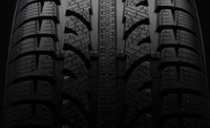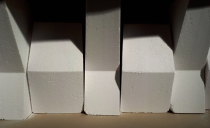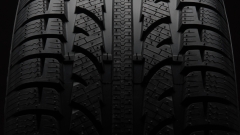
Enhancing Energy Efficiency and Reducing Emissions in Carbon Black Production
The Role of Refractories in Carbon Black Manufacturing
To withstand the extreme conditions of this process, refractories are essential. These heat-resistant, ceramic-based materials line the interior of reactors and other vessels, protecting the equipment while optimizing performance.
Refractories serve several critical functions:
- Thermal insulation: Maintaining high operating temperatures required for the process while minimizing heat loss and maintaining safe shell temperatures.
- Mechanical durability: Resisting erosion, turbulence, and chemical attack at high process temperatures.
- Flow control: Helping manage the distribution of gas and materials in the reactor.
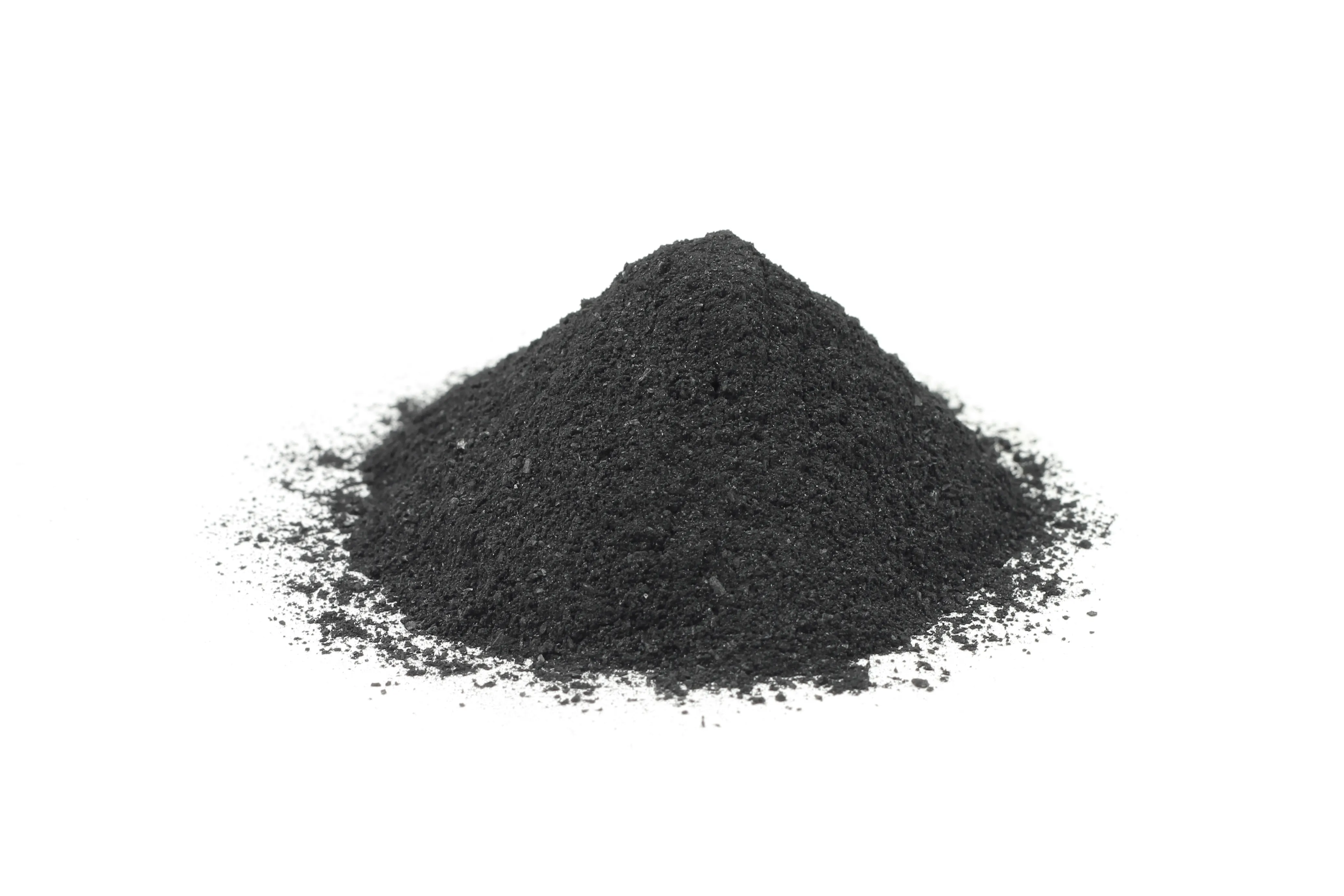
Improving reactor efficiency isn’t just about operating hotter—it’s about doing so safely and sustainably. For example, increasing reactor temperatures from 1,850°C to 2,200°C can improve yield by up to 3-5%. This means more product output for the same energy and feedstock input, directly enhancing the energy efficiency and yield of the process.
However, these gains are only achievable with refractories capable of handling extreme thermal stress while maintaining dimensional and structural integrity. Materials such as sintered alumina and fused zirconia offer the required thermal stability, shock resistance, and corrosion resistance to support these demanding conditions.
Additionally, longer-lasting refractories minimize shutdowns, which are not only costly but also lead to energy losses during cooling and reheating cycles.
In carbon black manufacturing, reactor design and material needs vary depending on the application:
- Tread reactors produce carbon black used in the outer layer of tyres, demanding high wear resistance.
- Carcass reactors generate carbon black for the structural part of the tyre, where strength and stability are key.
Refractories must be engineered accordingly—not only to withstand the physical stresses of the environment but also to support consistent production quality across different reactor zones such as the combustor, choke, and venturi.
- High-purity raw materials reduce impurity-driven degradation.
- Single-piece refractories for complex zones like chokes and venturis simplify installation and reduce downtime.
- Custom-designed geometries support tailored reactor performance based on process parameters.
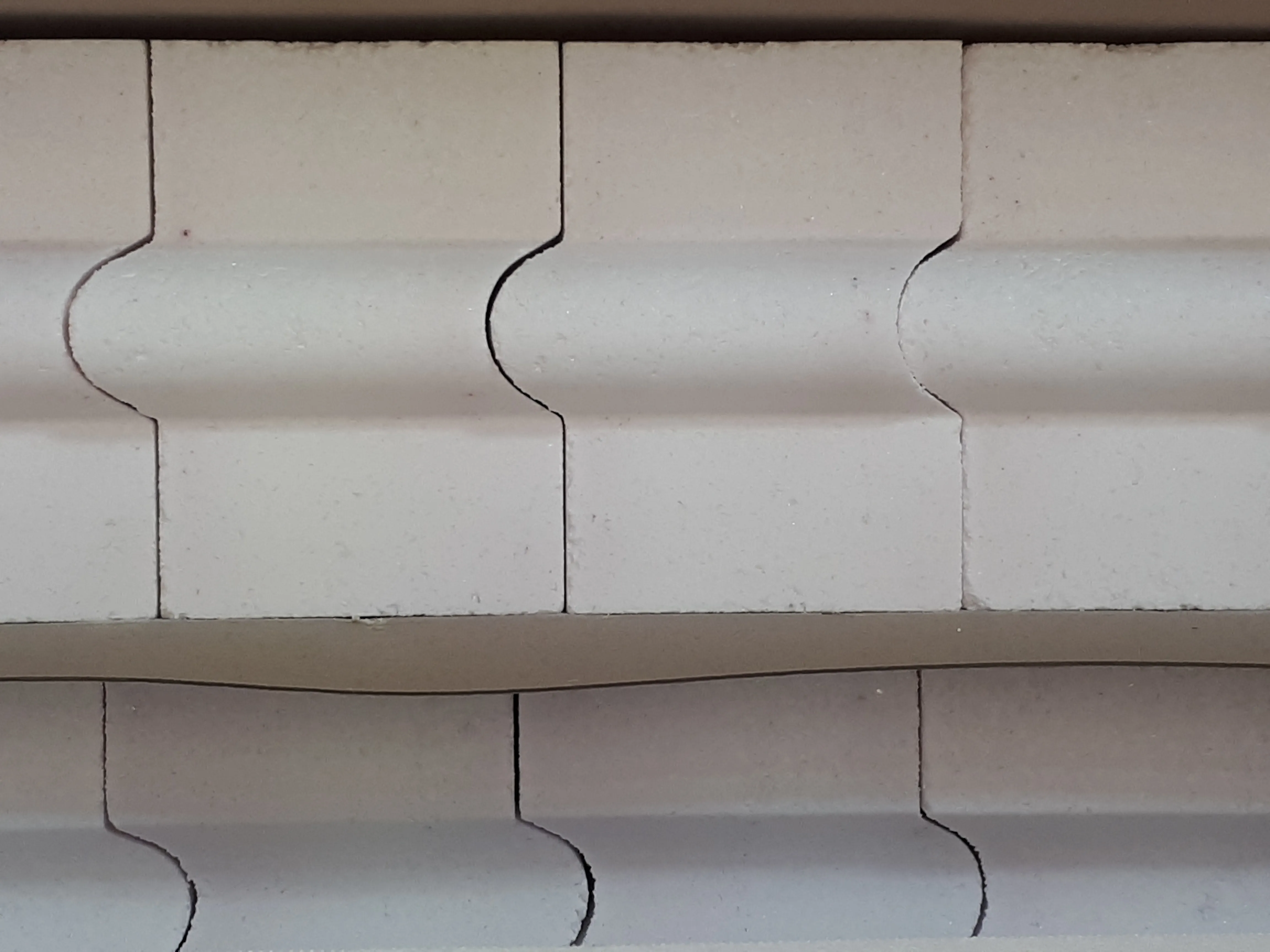
“The refractories used in the reactors must endure not only high heat but also erosion, turbulence, and chemical and thermal attacks. We provide high-purity refractories specifically designed for these aggressive conditions.”
— Shailesh Doshi, Business Development Manager
As carbon black producers strive to cut emissions, refractory manufacturers must also reduce their own environmental footprint. This includes:
- Transitioning to cleaner fuels such as natural gas and electricity.
- Optimizing refractory production processes for energy efficiency.
- Lowering Scope 3 emissions through cleaner energy sourcing and raw material supply chains.
These steps are crucial in ensuring that the benefits of improved reactor efficiency are not offset by emissions elsewhere in the supply chain.
With decades of experience in the carbon black industry, Saint-Gobain has developed specialized refractories that meet the evolving performance and sustainability needs of manufacturers. From tailored materials to collaborative product development, we support the shift toward more efficient and responsible carbon black production.
- Higher Yields with improved thermal efficiency
- Reduced Emissions through energy savings and longer refractory lifespan
- Faster Maintenance with innovative, single-piece refractory designs
- Cleaner Operations using low-emission fuels and greener energy
- Reliable Expertise from decades of industry collaboration
Looking to future-proof your carbon black operations?
Partner with Saint-Gobain and power your sustainability journey.
Carbon Black
Discover Saint-Gobain Performance Ceramics & Refractories’ comprehensive range of carbon black refractory solutions for tread and carcass reactors.
Tread Reactor
Discover Saint-Gobain Performance Ceramics & Refractories' comprehensive range of carbon black refractory solutions for tread and carcass reactors.
Carbon Black Reactor Refractory Products by Zone
Discover a wide range of shaped and unshaped refractories to meet specific cost and performance targets for any reactor.
